Review for Genius Party & Beyond Collection
Introduction
Short stories are cool. They are about the concept, the idea, using just a few thousand words, a handful of pages to provoke thought, to entertain, and to just play around in. Short stories are still an essential part of literature, but when it comes to adapted works on television, they seem to be a dying breed. Anthology series used to be common, shows like The Twilight Zone and the Outer Limits, Steven Spielberg’s Amazing Stories, although recently we’ve seen a resurgence with shows like Black Mirror and the Philip K. Dick Electric Dreams anthology. But anime really has appeared to drift away from the short story form; we certainly don’t get standalone OVAs the way we used to, and the scene seems to be built on the backs of manga and light novel adaptations. But short form animation has a long and rich history, and there do exist anime that can tell stories, explore ideas, and challenge preconceptions in the space of a few minutes, and sometimes those films are collected and released in the West, collections like Memories, and Short Peace. This winter, All the Anime are bringing us two such anthologies, Genius Party and Genius Party Beyond, with both anthology films on one Blu-ray disc, or on two DVDs.
What follows is a listing of the films in each anthology and my thoughts.
Genius Party
Genius Party
A strange bird creature wanders a desert looking for food. It finds it in the spherical creatures that live in the desert, which when cracked open emit a glowing energy. But consuming that energy causes a transformation which gives the spherical creatures an idea.
My thoughts: The anthology sure picks the weirdest way to kick off, with an animation that seems to capture a wholly alien lifecycle on a bizarre world. Visually striking, Genius Party is also a challenge to comprehend.
Shanghai Dragon
Gonglong is the snotty-nosed kid in class that everyone picks on, except for the tomboy Meihua, who always stands up for him. One day there is a crash outside, and in the resulting crater a device which makes real everything that Gonglong draws with it. And then the alien fleet shows up to invade, wanting the device back.
My thoughts: Then animation may be intense, but the story here is more conventional in structure, a wonderful adventure that entertains and delights.
Deathtic 4
It’s a world of the dead; a civilisation of zombies, and for one zombie boy, his death revolves around going to school and obeying his mother. Then one day, something strange enters his world, a frog, a living frog. All the boy wants is to return it to the world where it belongs, but when a living thing can cause a mass panic, he’ll need help, super help.
My thoughts: This creepy looking world of the dead reminds me of Fungus the Bogeyman, which is a good thing. It’s another likeable narrative, with engaging, if off-beat animation, and weird character designs. Oddly, the characters don’t speak Japanese so we get subtitles in Japanese and in English.
Doorbell
A girl at a railway crossing sees a high school boy on the other side, and then she sees two of him. He’s got problems. Wherever he goes, his doppelgangers keep getting their first, and no one can see him. It becomes a race against his other selves, just to get somewhere first, to prove that he really does exist.
My thoughts: Doorbell is like a nightmare made real, a mini-Hitchcock-ian encapsulation of paranoia and fear, somewhat conventionally animated, but all the more striking for its normal anime world.
Limit Cycle
An office worker expounds on his philosophy of life, accompanied by a cyberpunk train of imagery.
My thoughts: Not everything works in an anthology and for me Limit Cycle is the weakest link, a Scientology manifesto set to a slideshow. It looks pretty enough, but the ongoing drone of the narrator is enough to cure insomnia. It’s like that exposition bit near the end of Serial Experiments Lain, but without any point. And a sign of my age, it reminded me of the music video for Wouldn’t it be Good by Nik Kershaw.
Happy Machine
A baby’s idyllic infancy comes to an abrupt end when he breaks the screen on his digital mother. The world isn’t as he believed it to be. He must break the confines of his nursery and discover the world that exists outside.
My thoughts: This one is like Genius Party, another example of an alien cycle of life on a bizarre world, made more accessible by a human protagonist. It’s a really weird world that the baby finds, and it gets stranger as he grows and explores. This one is like the really, really weird episode of Space Dandy.
Baby Blue
To just forget about the future and live for today is an idle dream, but one that Sho tries to make real when he invites Hazuki to ditch school and just go with him, as far as their money will take them. And Hazuki has a wish to go to the beach and set off some summer fireworks.
My thoughts: Baby Blue is directed by Shinichiro Watanabe of Cowboy Bebop fame, so you can practically predict that I’ll say this is my favourite of Genius Party, but it really is. This story actually takes its time to develop the characters, as they go on their adventure, hopping trains and getting as far as they can, and it’s all tinged with a sense of reflective melancholy that is really quite moving.
Genius Party Beyond
Gala
A meteorite falls in a fantasy world, causing large scale destruction. The inhabitants take up arms against the meteorite, determined to destroy it, but one demon boy realises something the others don’t... the meteorite is alive.
My thoughts: Gala is a rich, lush animation with wonderful character designs, gorgeous and inventive animation, all in service to a neat and delightful story with a charming twist.
Moondrive
Down and out on the moon, a bored and broke gang look for a quick and easy way to make money. When a certain map falls into their hands, they decide to take up treasure hunting.
My thoughts: This has a rough and ready, punk animation sensibility, a grungy coolness to it that has a very British feel. I’d have loved for it to get a local dub to match its dark sense of humour. The story is familiar though. I’m sure I’ve seen it in Outlaw Star.
Wanwa the Doggy
A young child, not getting the attention he seeks from his parents, is pulled away to a strange island where he makes friends with a puppy, and has to deal with a scary ogre.
My thoughts: My eyes! My Eyes! This crazy child’s fever dream animation is like an LSD fairy tale. Shifting perspectives and angles, distorted figures and a topsy turvy, ever shifting world makes this an unpleasant challenge to watch.
Toujin Kit
A girl has been making the wrong kind of stuffed toys in a dreary, Orwellian dystopia.
My thoughts: There isn’t a lot to this short story, but the quality of the animation, the sheer inventiveness in the world design, and the oppressive atmosphere that is so deftly conveyed make Toujin Kit a stand-out animation in the collection.
Dimension Bomb
A girl tries to communicate with a boy, as the worlds shift around them...
My thoughts: This could be the worst film in both anthologies, and it could just be the best, and it’s probably both. It’s the only film that I watched twice in a row, and I still couldn’t fathom its story, but it does affect you on a subconscious level. On top of that, this is one beautiful animation, a melange of cyberpunk imagery, with epic production values, Makoto Shinkai on acid.
Picture
There’s such a variety of animation styles here, that commenting on them will take forever. What you need to know is that the 1.78:1 widescreen 1080p transfer on this Blu-ray disc does the films justice, clear and sharp, with no signs of compression or aliasing, bringing across the colours with vivid strength, the animations with clarity and detail, and only the slightest hint of digital banding in certain scenes to niggle at.
Sound
It’s the same with the audio, presented here in DTS-HD MA 5.1 Surround Japanese form, with subtitles (yellow) when required. The dialogues come across well, the surround is effectively used when the action demands, and despite volume levels being a little high, there’s no sign of distortion or lack of clarity.
Extras
The disc presents its content with a static menu, and there are no on disc extra features. What you want is the exclusive Collector’s Edition from All the Anime’s web shop. It has the Blu-ray and the DVDs in CE packaging, and more importantly, it alone has the 144-page book to accompany the anthologies, taking a detailed look at the production.
Conclusion
Genius Party and its follow-up are a little hard to really extol. Anthologies like Memories or Short Peace have the benefit of their films being long enough to process a narrative, develop characters, and have something of a conventional feel to them that invites re-watching them. The films in Genius Party are shorter, so much shorter that narrative and character are less of a concern than merely playing with an idea for a short period of time. As such, either an animation hooks you, or it doesn’t. It’s more of a Marmite experience.
The films work like big budget promo reels for the directors. But shorn of the need for conventional narratives and characterisations, divested of the obligation to conform to traditional animation styles and broadcast sensibilities, these animated flights of fancy can thrill with their audacity, provide a jolt of adrenaline to senses dulled by a diet of tame, audience friendly anime styles. Genius Party and Genius Party Beyond don’t work well as features, as there is no sense of flow within them, from one animation to the next, but this anthology is great to return to from time to time, to revisit one’s particular favourites. Out of the 12 films presented here, I can see myself re-watching 8 of them... and maybe one day I’ll be able to figure out what Dimension Bomb is really about.
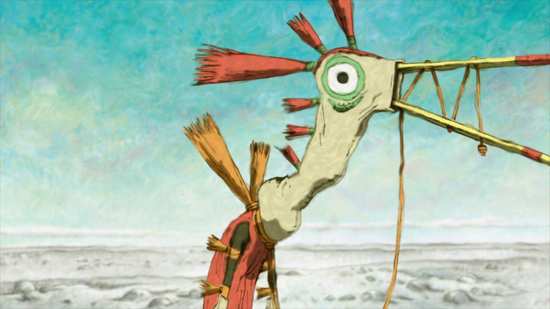
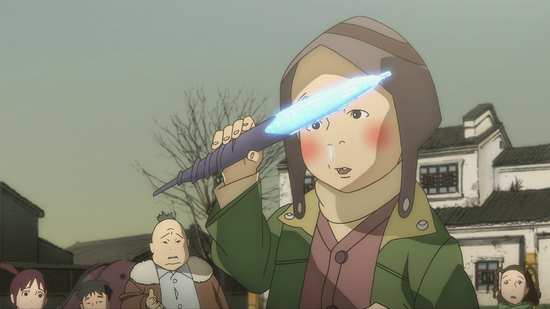
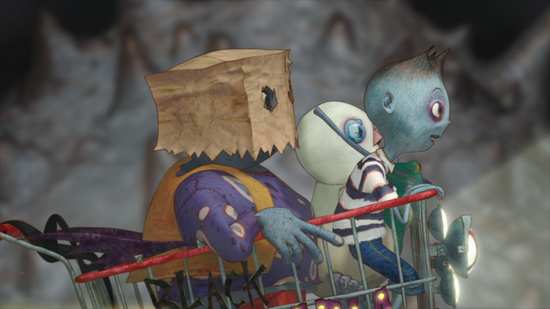
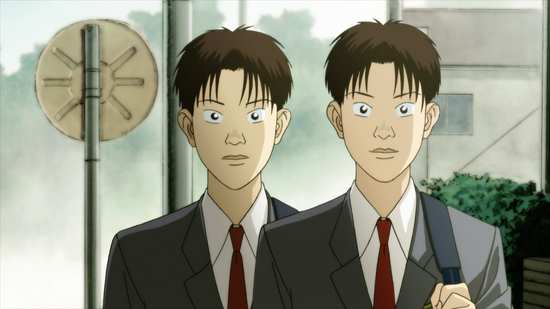
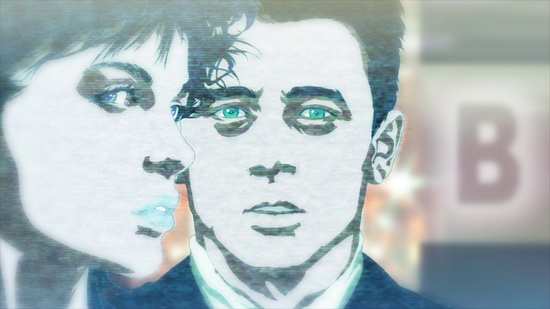
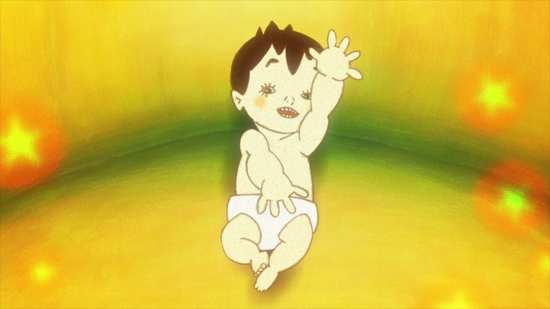
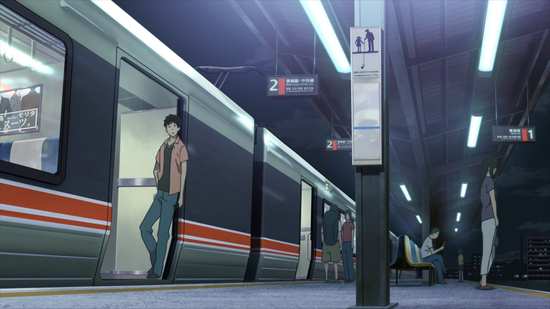
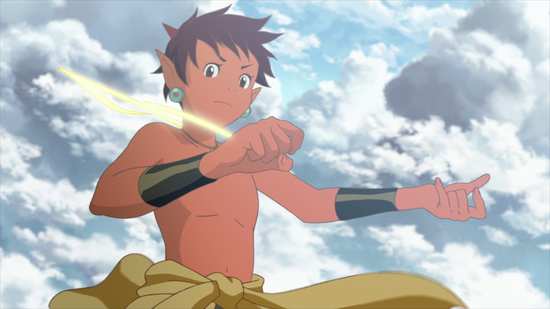

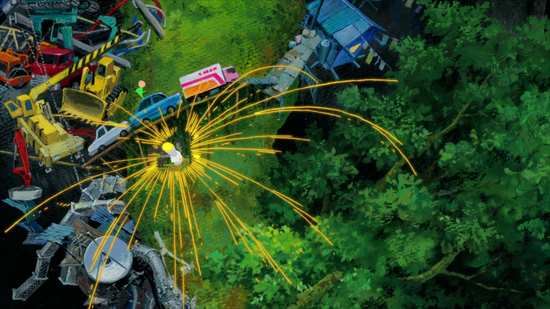
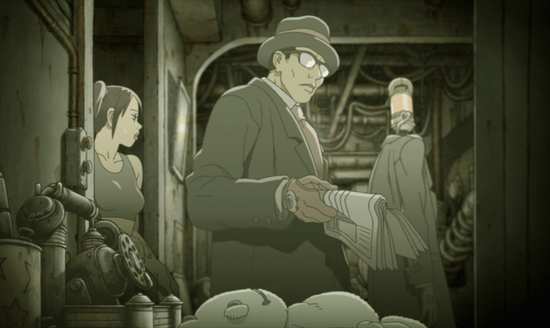
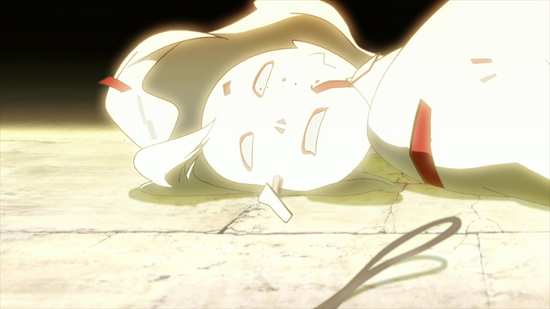
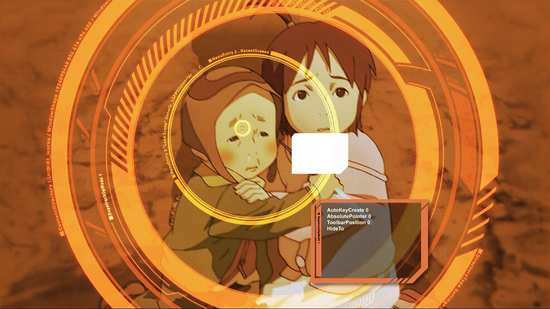
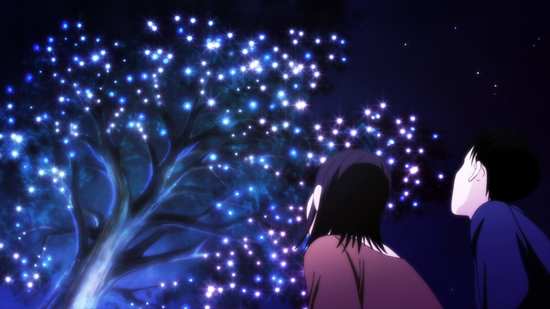
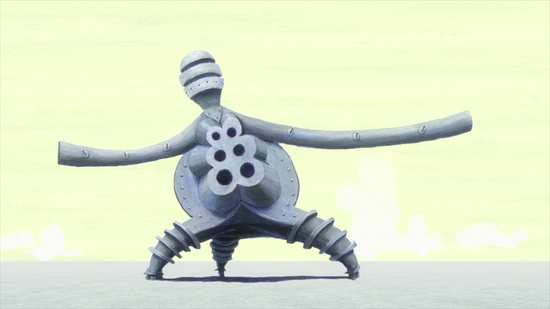
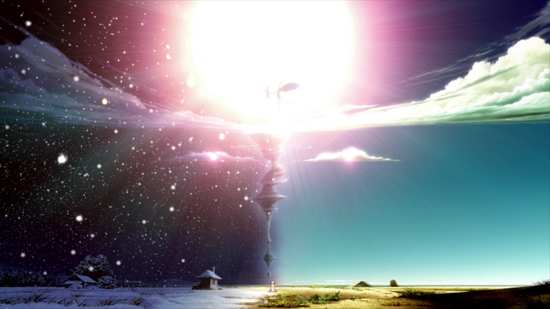
Your Opinions and Comments
Be the first to post a comment!